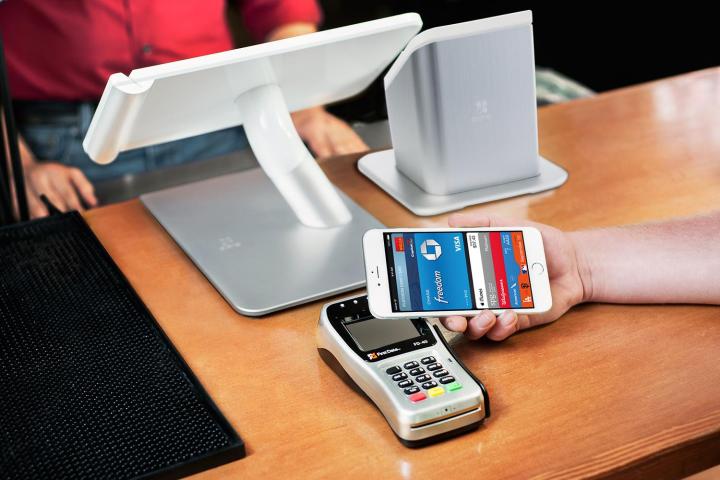
As of this month, 6 percent of iPhone 6 and iPhone 6 Plus owners use Apple Pay, up from 5 percent in November 2014, according to “Apple Pay By The Numbers: Adoption And Behavior,” a report presented at Innovation Project 2015 by payments-focused company PYMNTS.com and shopper insights company InfoScout. Meanwhile, 9 percent of iPhone 6 and iPhone 6 Plus owners have tried Apple Pay but aren’t currently using it, up from 4 percent in November.
This means 85 percent of iPhone 6 and iPhone 6 Plus owners have never touched Apple Pay. This is down from 91 percent in November, but it still spotlights an uphill battle for adoption.
“The main reason those who had tried Apple Pay in the past, but didn’t on some transactions where it was available, seems to be forgetfulness – almost a third (32 percent) said they just forgot it was an option,” according to PYMNTS.com.
Apple should be “dead-focused” on point-of-sale and make sure there’s a trigger to compel users to use their phone instead of their card to pay, according to Jared Schrieber, co-founder and CEO of InfoScout.
“Apple Pay is not yet salient. When it comes up, it has not registered with the [consumer] that they should use Apple Pay,” Schrieber said. “There’s something lacking there in the habit-forming action at checkout.”
The report also notes that 31 percent of surveyed users didn’t know whether the Apple Pay-friendly merchant they were shopping at accepted the mobile payments option. Meanwhile, 20 percent of respondents said they prefer a different payment method.
The 6 percent of iPhone 6 and iPhone 6 Plus owners who regularly use Apple Pay have positive impressions of the service, as 79 percent said it was more convenient, 77 percent said it was faster, 73 percent said it was easier to use and 70 percent said it was more secure.
Despite the hype and eagerness of some users to make six-month-old Apple Pay a mainstream success, the current approach “doesn’t look promising,” according to David Evans, founder of management consulting firm Market Platform Dynamics.
“Apple will need to either figure out a way to broaden the base of iPhone users who can use Apple Pay from just iPhone 6 users, or figure out a way to increase adoption and use among new iPhone users than it has so far,” Evans said. “Right now, if I was a merchant, I wouldn’t care about a tiny percent of a tiny percent of iPhone users wanting to use Apple Pay and wouldn’t invest in NFC or the hassle of accepting it.”
There’s also another perspective on Apple Pay’s play at dominance in mobile payments. “I think regardless of whether Apple Pay becomes the way we pay for things, they’ve really created a road map for everyone else,” said Karen Webster, chief executive of PYMNTS.com, in an interview with VentureBeat.
Apple announced earlier this month that Apple Pay works at 700,000 locations, up from 220,000 locations in September.
Apple Pay faces strengthening competition from the likes of Samsung Pay and Google Wallet, not to mention threats to security thanks to the weakness of banks’ credit card verification processes.
Editors' Recommendations
- This one Apple Fitness feature completely changed how I exercise
- An Apple insider just revealed how iOS 18’s AI features will work
- iPhone 16: news, rumored price, release date, and more
- iPhone SE 4: news, rumored price, release date, and more
- 3 reasons why I’ll actually use Anker’s new iPhone power bank


